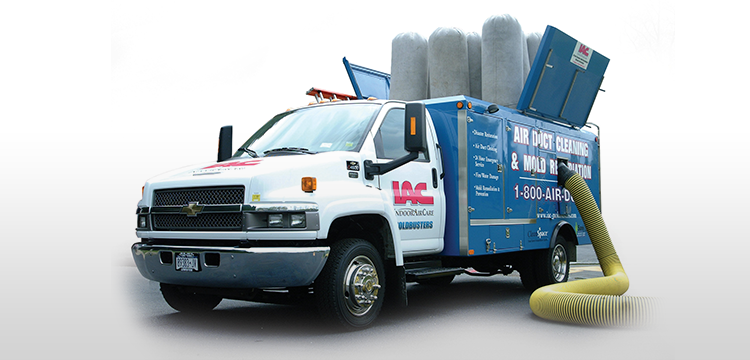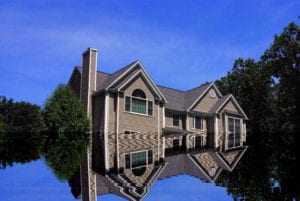Flood damage can be expensive. When purchasing a home or just deciding to purchase separate flood insurance it is important to take into consideration all the risk factors for flooding your home may have. Even if you are not located near water, other factors can put your home at risk of flooding. Experts say you should check for soil erosion, poor sewerage and drainage systems, overflowing creeks, rivers or lakes near the site, siltation problems, water ceilings and water leaks of existing structures to calculate risk of flood damage.
1.Spot the leaks. A good place to start is the windows. Leaks at window sills are normally caused by driving rains during storms and typhoons, which means the window sealant used is ineffective.
2.Be wary of the toilet. If the water goes up before flushing down, this may mean septic tank effluents are prevented from coming out because of floodwaters.
3.Note the watermarks. Water marks on the ceiling would mean there are leaks, while water marks on the floor may mean water has been seeping into the floor joints, or at the joint between the floor and the wall. Also look for flood markings on nearby fences or walls, or even on the tree trunks around the vicinity after heavy rains.
4.Peek into drainage manholes. Check drainage manholes, ideally after heavy rains, through the scupper, to find out whether the drainage line is running smoothly. Still water in drainage manholes could mean constricted or clogged drainages. This may also mean that it’s just a maintenance problem, but buyers must demand proper maintenance to be done before it becomes a bigger problem.
5.Look up, check the roof. Flapping roof sheets caused by strong winds, and clogged gutters could be a sign of a potential leak.
7.Ask the neighbors. Still, one of the best ways to know if the area is prone to flooding is to ask the people living in the vicinity.
8.Mud on the road.. Mud on the road is a tell-tale indication of the “looseness” of the soil where the road is situated. One should first look at the “ingress and egress” (entry and exit) of the location, or the accessibility of the location as access roads are as important as the site itself.


